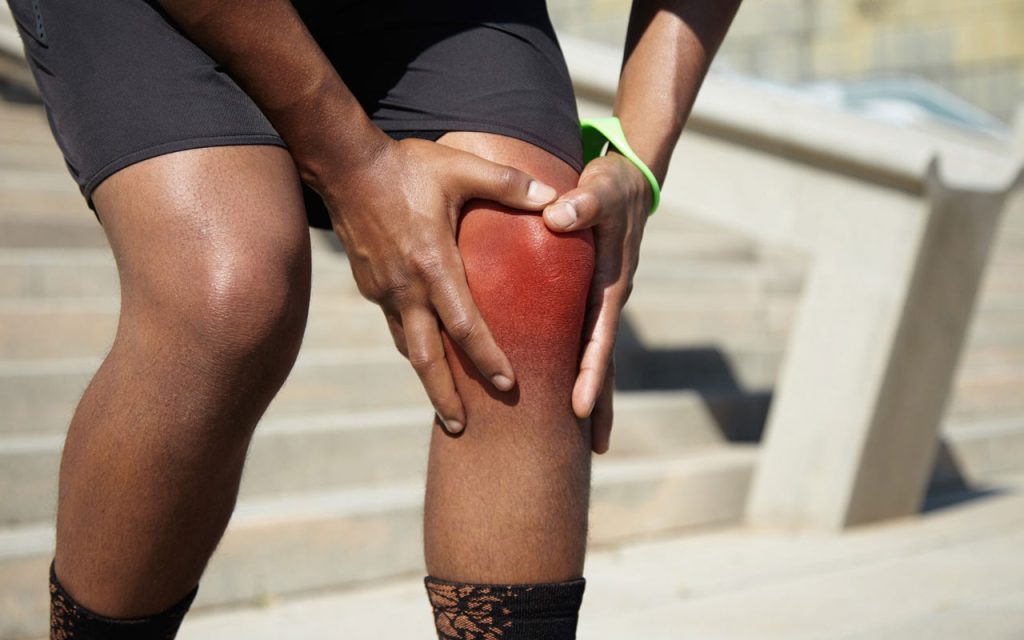The Anterior Cruciate Ligament (ACL) is one of the key ligaments that stabilizes the knee joint. ACL injuries are common among athletes and active individuals, often occurring due to sudden changes in direction, twisting motions, or direct impact to the knee. Understanding the causes, treatment options, and recovery strategies can help you get back to your activities safely and efficiently. What is an ACL Injury? An ACL injury typically involves a partial or complete tear of the ligament, which connects the thigh bone (femur) to the shin bone (tibia). Symptoms often include: A popping sound at the time of injury Sudden pain and swelling Knee instability or “giving way” Reduced range of motion ACL injuries can range from mild sprains to complete tears, and the severity often determines the treatment approach. Causes of ACL Injuries ACL injuries commonly occur in sports that involve jumping, pivoting, or sudden stops, such as soccer, basketball, skiing, and football. Other factors that increase the risk include: Improper landing techniques during jumps Muscle imbalances or weakness around the knee Previous knee injuries Playing on uneven surfaces or poor footwear Photo by CDC / Unsplash Treatment Options Treatment depends on the severity of the injury, patient activity level, and lifestyle goals: Conservative Treatment: For partial tears or low-activity individuals, rest, physical therapy, and bracing may be sufficient. Surgical Reconstruction: Complete ACL tears in active individuals often require ACL reconstruction using grafts (hamstring, BTB, or allograft) to restore knee stability. Tips to Recover Faster Follow a Structured …
The Anterior Cruciate Ligament (ACL) is one of the key ligaments that stabilizes the knee joint. ACL injuries are common among athletes and active individuals, often occurring due to sudden changes in direction, twisting motions, or direct impact to the knee. Understanding the causes, treatment options, and recovery strategies can help you get back to your activities safely and efficiently.
What is an ACL Injury?
An ACL injury typically involves a partial or complete tear of the ligament, which connects the thigh bone (femur) to the shin bone (tibia). Symptoms often include:
A popping sound at the time of injury
Sudden pain and swelling
Knee instability or “giving way”
Reduced range of motion
ACL injuries can range from mild sprains to complete tears, and the severity often determines the treatment approach.
Causes of ACL Injuries
ACL injuries commonly occur in sports that involve jumping, pivoting, or sudden stops, such as soccer, basketball, skiing, and football. Other factors that increase the risk include:
Improper landing techniques during jumps
Muscle imbalances or weakness around the knee
Previous knee injuries
Playing on uneven surfaces or poor footwear
Photo by CDC / Unsplash
Treatment Options
Treatment depends on the severity of the injury, patient activity level, and lifestyle goals:
Conservative Treatment: For partial tears or low-activity individuals, rest, physical therapy, and bracing may be sufficient.
Surgical Reconstruction: Complete ACL tears in active individuals often require ACL reconstruction using grafts (hamstring, BTB, or allograft) to restore knee stability.
Tips to Recover Faster
Follow a Structured Rehabilitation Program: Physical therapy is crucial for regaining strength, flexibility, and stability around the knee.
Strengthen Surrounding Muscles: Focus on quadriceps, hamstrings, and hip muscles to support the knee and prevent re-injury.
Maintain Proper Nutrition: A balanced diet with adequate protein, vitamins, and minerals supports tissue healing.
Gradually Return to Activity: Avoid rushing back to sports; follow your physiotherapist’s guidance for safe progression.
Use Supportive Braces if Needed: Knee braces may help provide stability during early stages of recovery.
Preventing Future ACL Injuries
Preventive exercises, proper warm-ups, and strengthening routines can reduce the risk of ACL injuries. Training programs that focus on balance, agility, and landing techniques are particularly effective for athletes.
Conclusion
ACL injuries can be challenging, but with timely treatment, guided rehabilitation, and preventive strategies, you can regain knee stability, restore mobility, and return to your favorite activities confidently. Early intervention and adherence to a structured recovery plan are key to a faster and safer return to action.
Sign up for free class
It’s easy and free!





